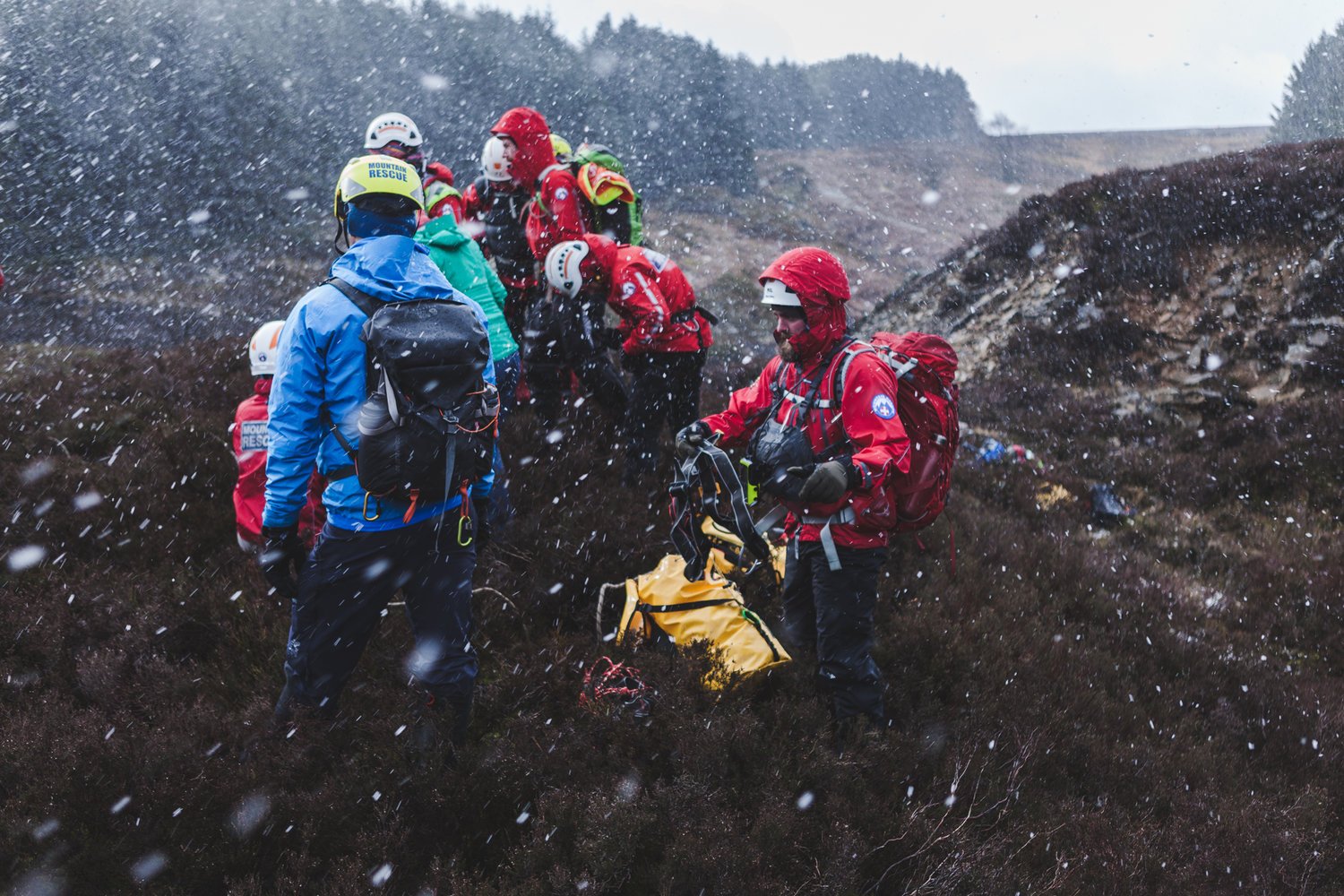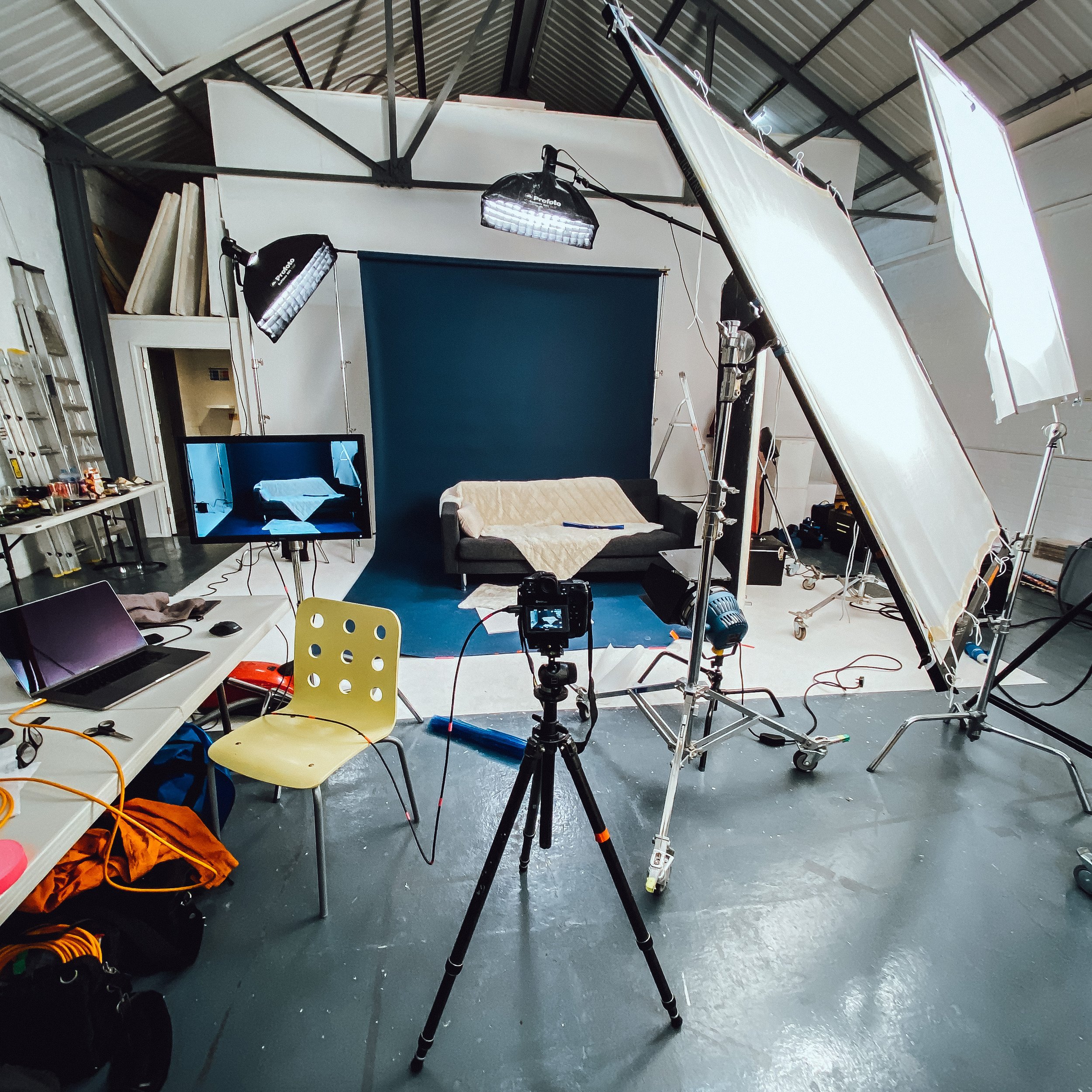#Callingtheshots – Authenticity
Authenticity, in my experience, is an often requested trait for communication within the outdoor sector. CMOs are rightly sensitive to their output being seen as a faked and polished wrapping around their brand by their knowledgeable customers. There are lots of ways to do this, both strategically and in execution, but here, let’s quickly discuss how to capture authentic images for your clients.
So, because everyone loves a list, here’s a few pointers…
Actually do outdoor activities. Go on a camping trip, walk up a mountain, hire a boat. Yes, yes, I know this seems incredibly obvious, but If the whole crew and models / subjects are properly stuck in to real activity then opportunities for authentic imagery will present themselves. If practicalities or budget don’t allow a trip, think carefully in pre-production about how to get real activity into the shoot, try to stage as little as possible – this will even work at the more 'fashion-y' end of things
Models or not? This depends on where your brand sits on the fashion versus performance line, and the exact purpose of the photography relative to your strategy. It is possible to get authentic imagery using models, if they are well cast, relaxed, and are comfortable with the chosen activity. It can go wrong, (we’ve all seen shots of models who’ve obviously never climbed a day in their lives attempting to look great whilst terrified), but it can go right, lots of models are in obviously in good shape and are quite often up for a challenge. Casting helps, as does clarity in pre-production.
Shooting with real athletes or outdoor types also has pros and cons, the key is getting people who aren’t used to being in front of a camera relaxed. Again, activity helps. As does a relaxed crew. (There is a subtext here involving beer).
Photography / art direction. The key to authenticity is letting the action control the imagery, rather than, let’s say it, the ego of the photographer or art director. I can understand that it’s very difficult for the people behind the lens to relinquish control, but the technical and formal constraints of art direction and photography can get in the way of an authentic feel. For example, setting up the perfect composition for a magazine cover, and getting subjects to repeat the same sequence or motions repeatedly until the photographer is happy isn’t conducive to a true representation of an activity.
Post processing. Don’t just jump to your usual processing preset. Think carefully about the actual conditions of the day and how best to enhance them. Go steady, don’t hit the images with huge changes – natural is the aim.
We put a few of these things into practise when we recently spent a day with the Holme Valley Mountain Rescue Team. They’d asked us to capture some authentic imagery for their social channels and to help with their fundraising appeal for a new control van.
More like this







